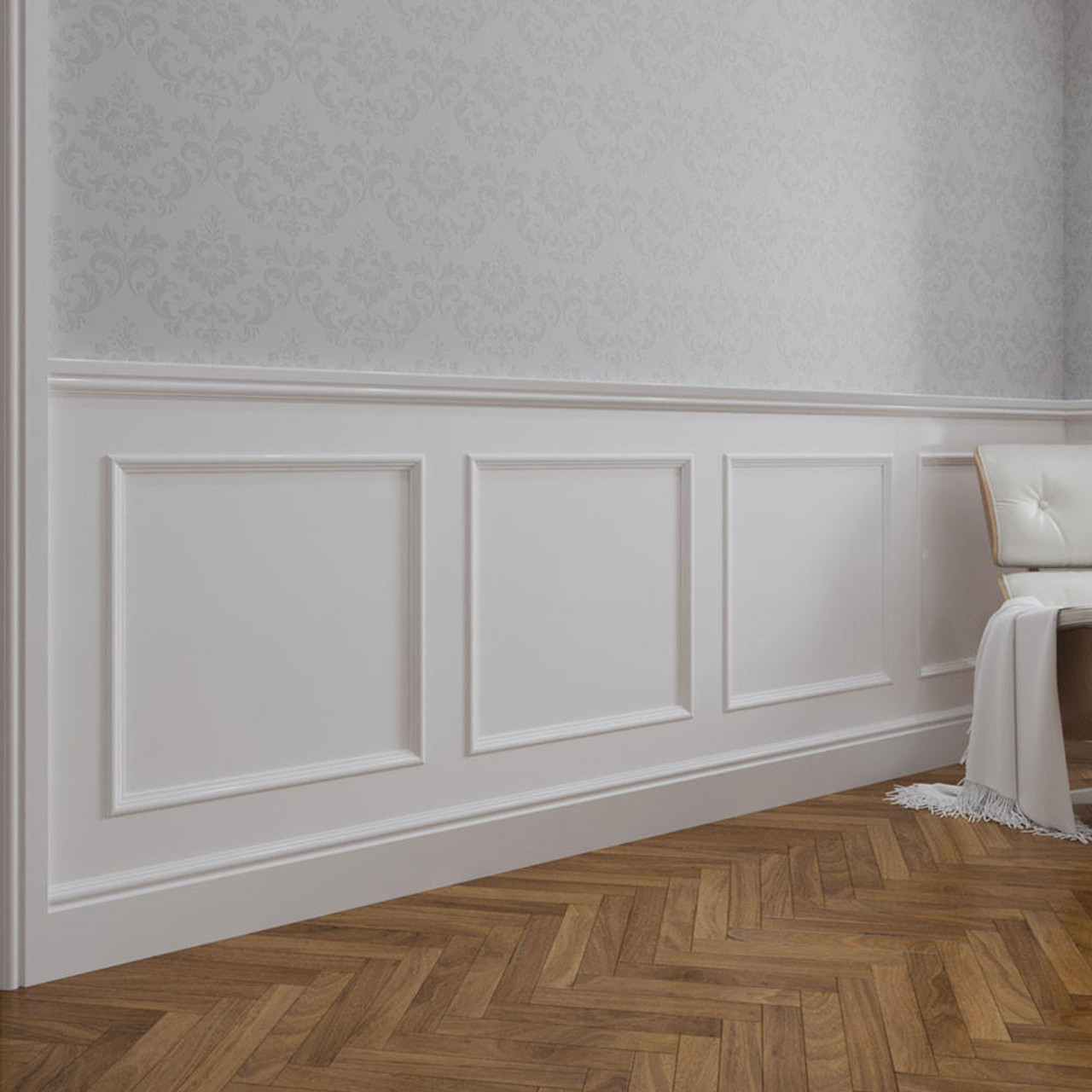Classic vs. Contemporary Wooden Wall Paneling Designs
Classic vs. Contemporary Wooden Wall Paneling Designs
Blog Article
Elegant Wooden Wall Paneling Patterns for Your Home
Wooden wall paneling has seen a remarkable resurrection in interior style tendencies, offering a little beauty, heat, and versatility to any room. Creating a good choice for the room can change a dull wall in to a sensational key point. From model concerns to useful guidelines, that guide may walk you through how to pick an ideal wood paneling kit for your property or office.
1. Consider the Room's Purpose and Visual
Functionality
Each space in your home provides a distinctive function, and picking a wooden paneling must complement it. For a living space, you could decide for dramatic, textured timber to produce an tempting ambiance. Bedrooms might benefit from easy, minimalist panels for a cozy and tranquil vibe. For spots like kitchens or bathrooms, assure you decide on paneling that is moisture-resistant or closed to tolerate humidity.
Design and Topic
The aesthetics of the paneling must arrange with your room's overall theme. For modern decorations, clear lines and light-colored woods such as for example birch or maple create a sleek look. Rustic or farmhouse spots are produced your with distressed timber or reclaimed wood offering warmer, natural tones. A Scandinavian-inspired style frequently benefits from soft woods and easy wheat patterns.
2. Pick the Form of Wood and End
Solid Wood vs. Manufactured Timber
Solid wood paneling provides an traditional search, toughness, and timeless appeal, but it could be expensive. Engineered timber panels, on one other give, are more affordable and come in numerous designs and finishes. They could mimic the looks of wood while providing increased moisture weight and less susceptibility to warping.
Finishes and Remedies
Panel finishes, such as for example tainted, painted, or varnished timber, enjoy an important role in deciding their ultimate appearance. Discoloration shows the natural grain of the wood, while colored panels enable a broader array of shade options. For extra defense, assure the systems are sealed with solutions ideal for your environment.
3. Believe About Screen Measurement and Orientation
Wall paneling will come in a number of measurements, from narrow strips to big sheets. Vertical cells may make an area seem taller, which is fantastic for spaces with lower ceilings. Horizontal paneling, on the other give, yields a broader experience, making smaller areas look larger and more open.
4. Know Your Budget
Collection a budget which includes not only the price of the timber paneling but additionally installment and maintenance expenses. While premium wood choices, like oak or pine, may possibly raise your room, there are numerous cost-effective alternatives like plywood or medium-density fiberboard (MDF) that still provide aesthetic attraction at a fraction of the cost.
5. Examine Illumination in the Room

The kind of timber and its end will react differently to light. Lighter woods jazz up candlight places, highlighting sunlight or synthetic light. Conversely, deeper woods add degree and abundance to obviously brilliant rooms but will make small or poorly illuminated areas experience more enclosed if seriously used.
6. Factor in Durability and Preservation
Each form of wooden panel involves different quantities of upkeep. Hardwoods like cherry or mahogany are sturdy and long-lasting but might involve more polishing to maintain their go over the years. Engineered wood or sections with protective films in many cases are easier to wash and care for, particularly in high-traffic areas.
Raise Your Rooms with the Proper Wooden Paneling
Choosing the right wooden wall paneling can absolutely transform the appearance and sense of your space. Hold your room's operation, fashion, and practicality in your mind as you investigate options. With careful choice, wooden paneling combinations function and model, giving your rooms a classic charm that aligns with modern design trends. Report this page